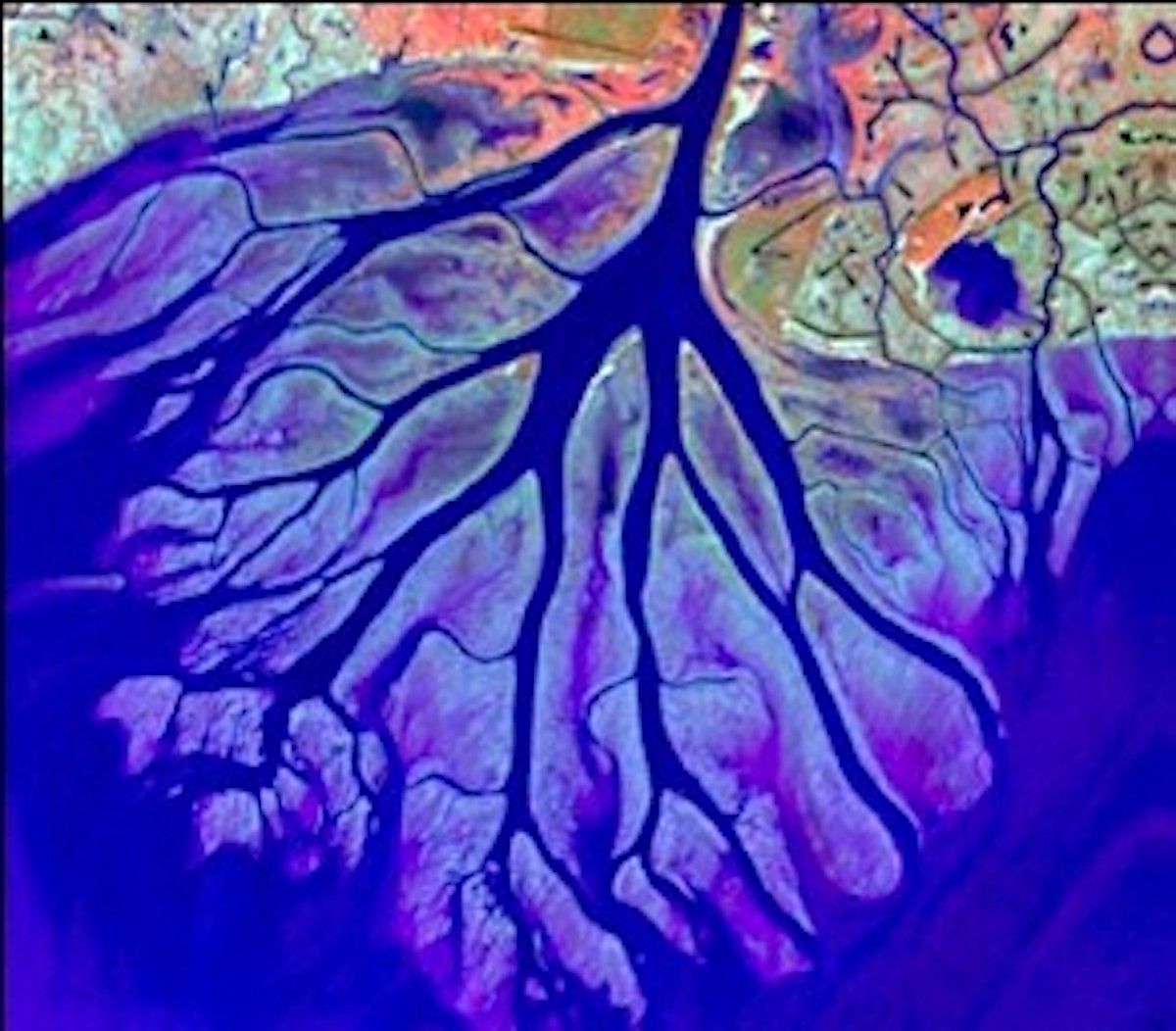
Wax Lake
Previously a lake within St. Mary Parish in the US State of Louisiana, the Wax Lake Delta has emerged as a secluded and lush enclave of natural beauty. Even though the delta is human in origin, the area has gradually become a landscape capable of supporting notable ecological diversity.
Geography And Climate Of The Wax Lake Delta
The Wax Lake Delta is situated in Louisiana’s Atchafalaya River Basin, which is considered a distributary of both the Red and Mississippi rivers. The area was converted into an outlet to divert the Atchafalaya River’s water to the Gulf of Mexico to evade the Atchafalaya River’s heavy flooding effects on Morgan City. In turn, this turbulent water flow resulted in the delta’s gradual growth over the years, as sediments were continuously deposited at the mouth of the outlet. Given the 34 million tons of sediment it receives on an annual basis, the Wax Lake Delta has grown to almost twice the size of Manhattan within a span of 40 years. Spanning roughly 7 miles out into the Gulf of Mexico, Wax Lake’s geographic coordinates are 29.564487°N and 91.4385937°W (29.564487, -91.4385937).
History Of Wax Lake
The history of the Wax Lake Delta stretches back to when Morgan City, Louisiana, was considered a major economic hub due to the unearthing of oil. However, given that Morgan City was located on the banks of the Atchafalaya River, the city was frequently exposed to severe flooding episodes. Moreover, the continuous growth of the Atchafalaya River threatened the entire Mississippi area, which would have proved disastrous to cities like New Orleans and Baton Rouge. In response, the US Army Corps of Engineers proceeded to dig a flood relief outlet to the Gulf of Mexico in 1941 that was titled the Wax Lake Outlet. Extending from the Atchafalaya River to the coastline, this outlet resulted in a continuous flow of water that diverted approximately one-third of the Atchafalaya River’s flow and alleviated the devastating effects of the floods on Morgan City. Thus, the outlet was designed to carry a maximum of 440,000 cubic feet per second with the intent to divert at least 30% of the Atchafalaya’s flow.
After the Wax Lake Outlet’s creation, the turbulent water flow resulted in the depositing of clay and silt sediments at the outlet’s mouth. However, since the delta had not breached the water surface, no one knew about its underwater growth near the coast. This changed in 1973 when high spring rains combined with a particularly cold winter resulted in the Atchafalaya and Mississippi rivers flooding for several months straight. Despite the heavy destruction the floods inflicted upon the region, tremendous amounts of sediment were carried down to the Wax Lake Outlet. Among the sediment was sand, which helped the delta breach the water surface. Therefore, following the 1973 flood, the delta’s visible land was noticeable for the first time near the outlet’s mouth. Through the years, the Wax Lake Delta has emerged to include incredibly valuable wetland habitats for a variety of species.
Ecology Of Wax Lake
Despite being a newly formed delta, the Wax Lake Delta offers itself as a lush paradise for a wide variety of flora and fauna. The beauty and viability of the delta can be effectively demonstrated by taking a close look at some of the endemic flora and the respective fauna they sustain. For instance, the floating flora on the water surface, such as floating ferns, is a positive sign of a thriving ecosystem. Small fish and crustaceans such as crawfish and shrimp use these floating plants to seek shelter from the plethora of birds that feed on them. Examples of such wading birds include the Roseate spoonbill, ibis, herons, and egrets.
Shallow waters contain sedges, water lilies, grasses, and reeds, which, in turn, offer effective camouflage for predatory reptiles like the American alligator. Moreover, the delta features over 40 species of songbirds since it is home to a valuable food source, the American Beautyberry Plant. Thus, the ecology of the Wax Lake Delta is a testament to how successful newly formed marsh habitats and lands can be, with coastal restoration efforts providing vital opportunities for wildlife to flourish.
In turn, scientists have used the Wax Lake Delta as an opportunity to study the process of self-maintaining delta growth and how they evolve into natural, healthy, and mature ecosystems. This is considered an incredibly rare opportunity since the vast majority of our planet’s deltas were formed hundreds or thousands of years in the past. Furthermore, scientists and governments can subsequently restore crucial ecosystems such as the Mississippi River Delta by acquiring such pivotal knowledge.










